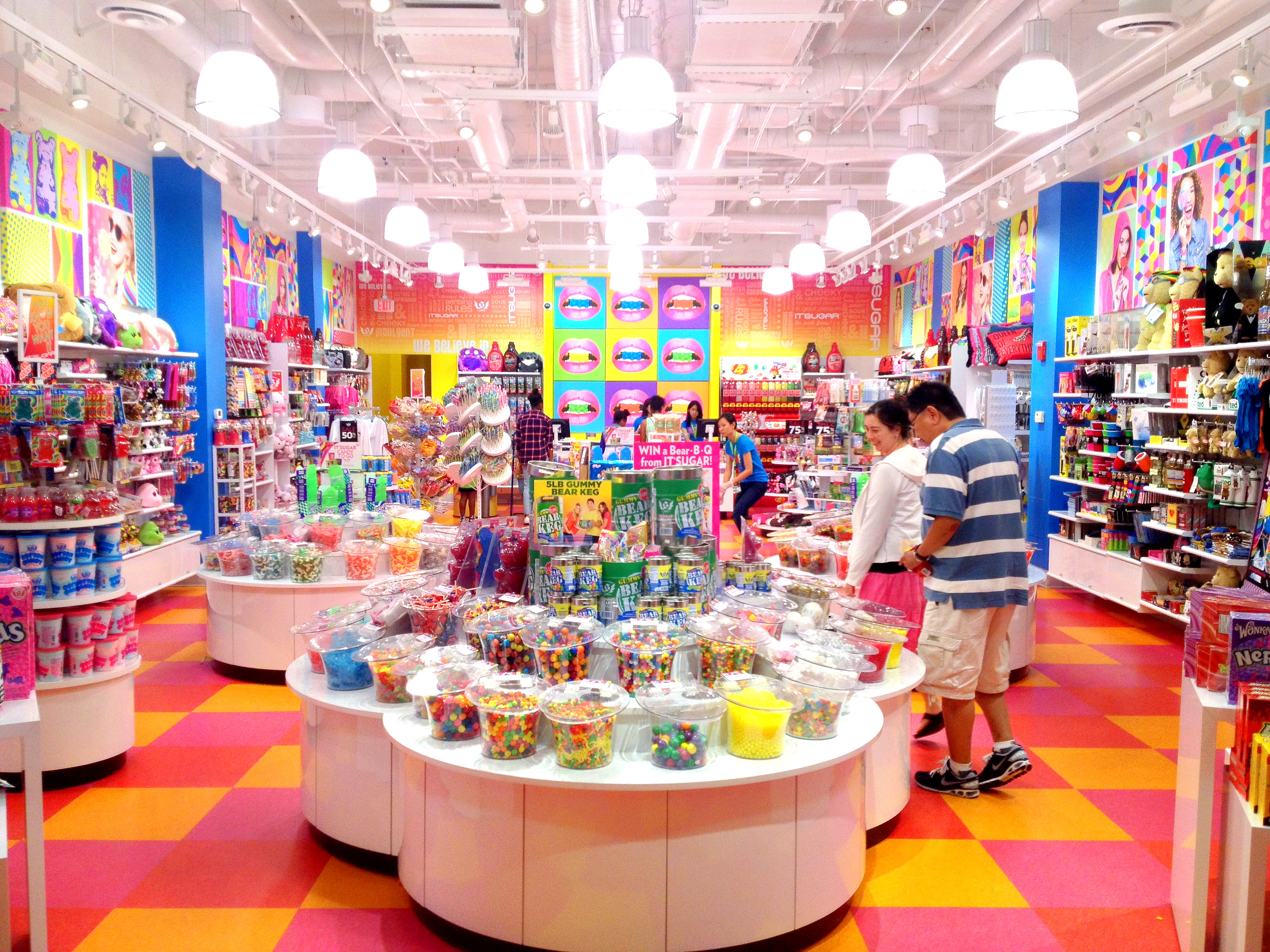The Basic Principles Of I Luv Candi
The Basic Principles Of I Luv Candi
Blog Article
Excitement About I Luv Candi
Table of ContentsThe 3-Minute Rule for I Luv CandiThe smart Trick of I Luv Candi That Nobody is DiscussingGetting My I Luv Candi To WorkI Luv Candi Things To Know Before You Get ThisIndicators on I Luv Candi You Need To Know
You can also estimate your very own revenue by applying various presumptions with our economic prepare for a sweet-shop. Typical regular monthly profits: $2,000 This sort of candy store is commonly a tiny, family-run organization, perhaps known to locals yet not bring in great deals of tourists or passersby. The store may use an option of usual sweets and a few homemade deals with.
The shop does not normally lug uncommon or pricey products, concentrating rather on affordable treats in order to keep normal sales. Assuming an ordinary spending of $5 per client and around 400 clients each month, the month-to-month revenue for this sweet-shop would be roughly. Typical monthly revenue: $20,000 This sweet store advantages from its critical area in a busy city area, attracting a multitude of consumers looking for pleasant extravagances as they go shopping.

Along with its diverse candy choice, this shop could also offer associated items like present baskets, sweet bouquets, and uniqueness products, providing numerous profits streams. The store's area requires a greater budget plan for rental fee and staffing however leads to greater sales volume. With an approximated average spending of $10 per client and concerning 2,000 clients each month, this store can produce.
The Basic Principles Of I Luv Candi
Situated in a significant city and visitor location, it's a huge facility, typically spread out over several floors and possibly component of a national or global chain. The store uses an enormous variety of sweets, including unique and limited-edition products, and merchandise like well-known apparel and devices. It's not simply a shop; it's a destination.
These tourist attractions help to draw countless visitors, dramatically boosting prospective sales. The operational costs for this sort of store are significant due to the place, dimension, staff, and features supplied. Nevertheless, the high foot website traffic and average investing can cause substantial income. Assuming an average purchase of $20 per client and around 2,500 clients monthly, this front runner shop could attain.
Classification Examples of Expenses Typical Month-to-month Price (Variety in $) Tips to Decrease Expenditures Lease and Utilities Shop lease, electricity, water, gas $1,500 - $3,500 Think about a smaller area, negotiate rent, and utilize energy-efficient illumination and devices. Inventory Sweet, treats, product packaging materials navigate here $2,000 - $5,000 Optimize supply administration to lower waste and track preferred products to prevent overstocking.
The Main Principles Of I Luv Candi
Advertising And Marketing Printed materials, on-line advertisements, promos $500 - $1,500 Focus on cost-effective digital marketing and utilize social media sites systems for complimentary promotion. Insurance coverage Organization obligation insurance policy $100 - $300 Look around for affordable insurance rates and consider bundling plans. Tools and Upkeep Sales register, show racks, repair work $200 - $600 Buy secondhand tools when possible and carry out routine upkeep to expand devices life-span.

This suggests that the candy store has gotten to a point where it covers all its dealt with expenses and begins generating revenue, we call it the breakeven factor. Consider an example of a sweet shop where the monthly fixed expenses typically amount to about $10,000. A rough quote for the breakeven factor of a sweet store, would after that be about (because it's the complete set expense to cover), or selling between with a price variety of $2 to $3.33 each.
The 9-Second Trick For I Luv Candi
A large, well-located sweet-shop would obviously have a greater breakeven point than a small shop that doesn't need much revenue to cover their expenditures. Interested about the productivity of your sweet shop? Try out our easy to use monetary plan crafted for sweet-shop. Merely input your very own assumptions, and it will certainly aid you compute the quantity you require to gain in order to run a lucrative service - carobana.
An additional hazard is competition from other sweet stores or larger retailers that may offer a broader range of items at lower rates (https://justpaste.it/5ahap). Seasonal changes in demand, like a decrease in sales after vacations, can likewise impact profitability. In addition, altering consumer choices for healthier snacks or nutritional restrictions can decrease the appeal of typical candies
Last but not least, economic recessions that lower customer costs can impact candy store sales and success, making it vital for sweet-shop to manage their costs and adjust to changing market conditions to stay successful. These dangers are usually included in the SWOT analysis for a sweet-shop. Gross margins and web margins are crucial indications used to evaluate the productivity of a candy shop organization.
Examine This Report on I Luv Candi
Essentially, it's the revenue staying after subtracting prices straight pertaining to the candy inventory, such as purchase costs from distributors, manufacturing costs (if the sweets are homemade), and team wages for those included in production or sales. https://iluvcandiau.blog.ss-blog.jp/2024-03-28?1711583916. Internet margin, alternatively, consider all the expenses the candy store incurs, including indirect prices like management costs, advertising, lease, and taxes
Candy shops typically have an ordinary gross margin.For instance, if your sweet shop earns $15,000 per month, your gross earnings would be approximately 60% x $15,000 = $9,000. Consider a sweet shop that offered 1,000 sweet bars, with each bar priced at $2, making the total profits $2,000.
Report this page